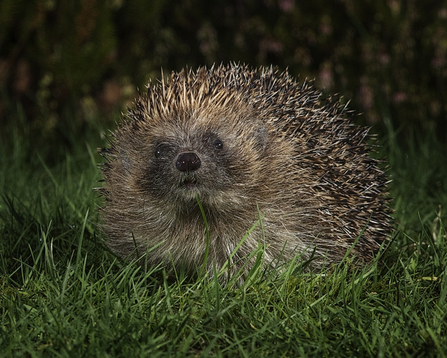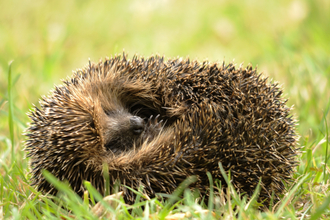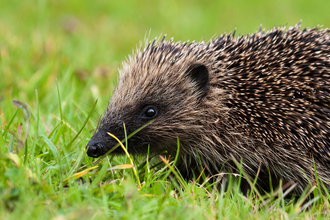It's that time of year again when we look back at the results of our Hedgehog Hotspots survey! Hundreds of you took the time to add your sightings to our map again this year - thank you so much for sharing these with us.
In this blog we'll be diving into this year's results and finding out what these can tell us about how hedgehogs are faring in our region. We also look at some of the wider trends amongst hedgehog populations, and explore how our individual actions at home can have a big impact on the fortunes of our much-loved hogs.

















